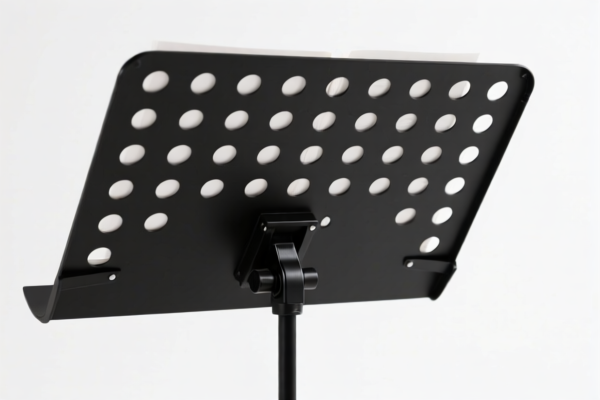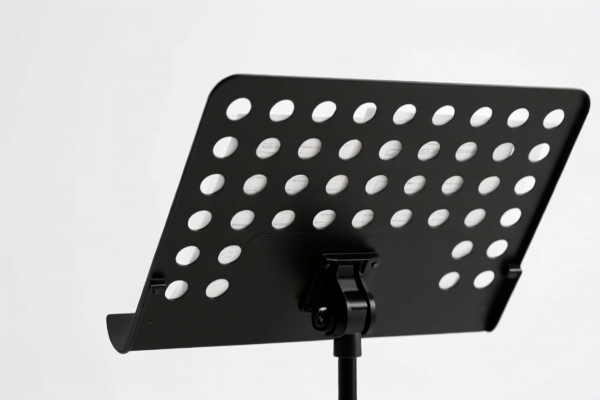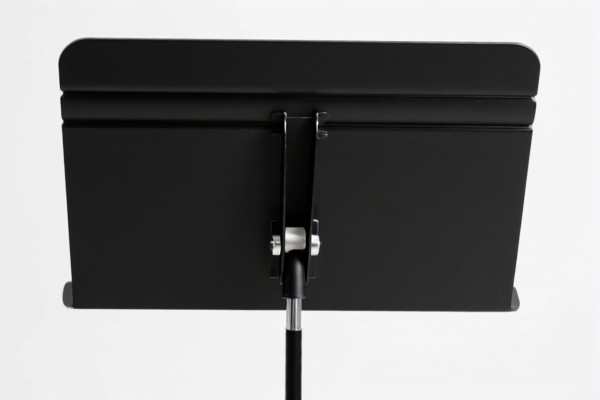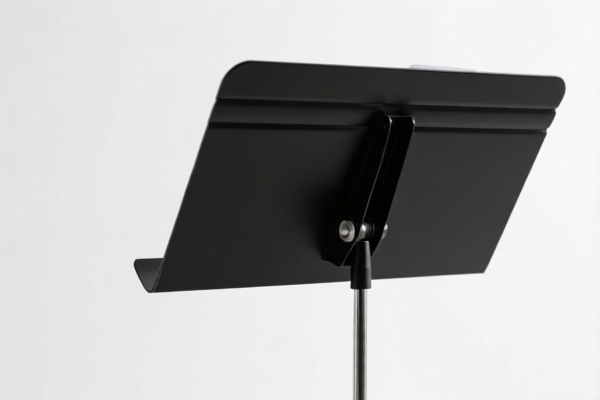| HS Code | Official Doc | Tariff Rate | Origin | Destination | Effective Date |
|---|---|---|---|---|---|
| 7323999080 | Doc | 83.4% | CN | US | 2025-05-12 |
| 3926909989 | Doc | 42.8% | CN | US | 2025-05-12 |




Okay, let's break down the HS codes and tax implications for your declared items. I'll provide a structured analysis to help you understand the classification and potential costs.
Understanding HS Codes: A Quick Primer
HS codes (Harmonized System codes) are internationally standardized codes used to classify traded products. They're crucial for determining tariffs, trade regulations, and statistical tracking. The first 6 digits are generally standardized globally, while the last digits can vary by country.
Here's a breakdown of your codes:
1. Item 1: Table, kitchen or other household articles and parts thereof, of iron or steel
-
HS Code: 7323.99.90.80
- 73: Chapter 73 – Articles of iron or steel. This broadly categorizes the item as being made of iron or steel.
- 23: Specifically, this covers articles of iron or steel used in the kitchen, household, or similar.
- 99: "Other" - This indicates the item doesn't fall into more specific subcategories within 7323.
- 90: Further specifies "Other" within the 7323.99 category.
- 80: Even more specific – "Other" – meaning it doesn't fit into any other defined sub-classification. This often applies to miscellaneous items.
-
Tax Implications:
- Basic Duty: 3.4%
- Additional Duty (Currently): 25.0%
- Additional Duty (Post April 2, 2025): 30% (This is important to note for future shipments!)
- Total Tax: 83.4%
- Important Note: The tax detail specifically mentions a 25% additional duty on steel and aluminum products. Ensure your item is accurately classified as steel to avoid potential issues.
2. Item 2: Other articles of plastics and articles of other materials
-
HS Code: 3926.90.99.89
- 39: Chapter 39 – Plastics and articles thereof. This indicates the item is primarily made of plastic.
- 26: Specifically, this covers other articles of plastics.
- 90: "Other" - This indicates the item doesn't fall into more specific subcategories within 3926.
- 99: Further specifies "Other" within the 3926.90 category.
- 89: Even more specific – "Other" – meaning it doesn't fit into any other defined sub-classification.
-
Tax Implications:
- Basic Duty: 5.3%
- Additional Duty (Currently): 7.5%
- Additional Duty (Post April 2, 2025): 30% (Again, be aware of this future change!)
- Total Tax: 42.8%
Recommendations & Key Considerations:
- Material Verification: Crucially, double-check the exact material composition of both items. Even a small percentage of a different material can shift the HS code and tax rate. For the first item, confirm it is entirely steel.
- Single Price Verification: Confirm the single price of each item.
- Certification: Depending on the end-use of these items, you might need specific certifications (e.g., safety standards, material compliance). Check import regulations for your destination country.
- Post-April 2, 2025 Duty Increase: Factor in the potential 30% additional duty for shipments after April 2, 2025. This could significantly impact your landed costs.
- Detailed Invoice: Ensure your commercial invoice provides a very detailed description of each item, including material composition, dimensions, and intended use. This helps customs officials accurately classify the goods.
- Country-Specific Regulations: While HS codes are standardized, import regulations can vary by country. Always check the specific requirements of your destination country.
Disclaimer: I am an AI assistant and this information is for general guidance only. It is essential to consult with a qualified customs broker or import specialist for accurate and up-to-date advice tailored to your specific situation. Customs regulations are complex and subject to change.
Customer Reviews
The page had a lot of useful info, but I wish the images of the guitar stand were higher quality. Still, the HS code details were accurate and helpful.
The information on the additional duty after April 2, 2025, was a game-changer. I didn't know about that detail, and it's crucial for my shipping timeline.
I found the breakdown of HS Code 3926909989 very helpful. The details about the plastic material and the 42.8% tariff rate were clear and useful for my US export plans.
The HS Code 7323999080 was exactly what I needed for my steel guitar stand. The tariff rate and effective date made it easy to plan my export costs.